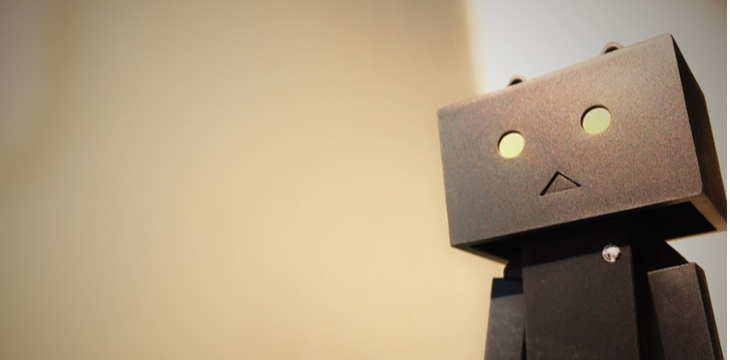The Nimbus Ninety Team takes on the different themes from our most recent summit.
Our Work Reimagined summit took place on 5 November, with over 30 speakers and panel members, and 150 attendees.This blog series will examine the different themes that ran through the summit, via the responses from different members of the Nimbus Ninety team. Below is the final response, from Adam, the Head of Research and Editorial at Nimbus Ninety.
Intentions and Actions
At Work Reimagined, one recurring theme I noticed was the importance of habits.
Bruce Daisley, the VP EMEA of Twitter, argued that, since it makes us less productive, we should cease to check our emails outside work. It sounds easy (blissful, even) but for many, it’s hard to execute this.
Howard Harrison, the CEO of Knomo, pointed out that cutting your commute is a reliable improver of self-described happiness; more of us should cycle to work. But on cold December mornings, one is reluctant to get on the bike.
Sir Martyn Lewis CBE, argued that the British press should promise to report both the (bad) issues, and the (good) work which goes into solving them. This could solve the negativity bias in journalism and make readers feel happier.
All of their arguments seemed uncontroversial – and more easily said than done. We all hate checking emails at home, so why can’t we stop?
Perhaps the most difficult issue: journalists do already think critically about their output. Facebook recently confirmed that ‘our research shows that no matter where the line is drawn for what is allowed, as a piece of content approaches that line, it will be engaged with more on average, even if they complain about the content afterwards.’ That is, the system encourages poor journalism. Journalists may adhere to Sir Martyn’s standard, but do so at their detriment.
Content-sorting algorithms exacerbating some biases in journalism are one example of how AI has made work more user-focused – or rather, more responsive to user data. This is not a trivial distinction: the intellectual choice (what people say they want) and behavioural choice (what people do) of stakeholders are nearly always different. It’s the difference between intentions and outcomes. People want positive stories, but click negative. They check emails which make them less happy. They get the tube to work.
What’s the best way to change this?
Building Better Systems
The alternative view is to change the systems, not the individuals who comprise it. It’s a view that says “trust” is when you align incentives properly; “productivity” is when your job feels like a game.
This was the philosophy Michael Mrini, Head of IT at Edwardian Hotels, drew on with his worker experience app. There’s a crucial advantage in perceiving human problems in engineering terms: engineering problems are solvable. A previous conversation with David Mattin, Head of Insights at Trendwatching, suggested that tech giants had learned to ‘hack our lizard brains’. But if human brains can be “hacked” then that’s a feature, not a bug. Hacking implies the possibility to amend and improve.
The idea that somehow “tech is using us” and not the other way around jars with the incredible life stories of some of the speakers. Dr Sue Black OBE had found empowerment in technology: she had used it to build herself a decorated career. The iGeneration entrepreneurs had identified a series of tools they could exploit to build a career at an early age.
It seemed to me that technology augments agency at work more than it undermines it. But technologists have to ask whether the systems they build do actually bring out the best in people,
What’s Next for Nimbus Ninety
This is the end of this blog series from Work Reimagined. Next, we’re focusing on our March summit, Chief Disruptor LIVE.
It’s possible to get a ticket for free: but you must then fill out our digital trends survey, which can be found below:




Leave a Comment